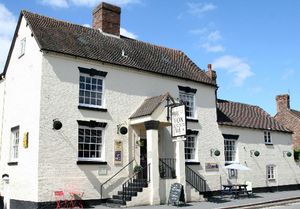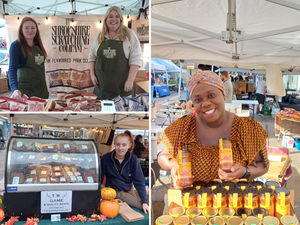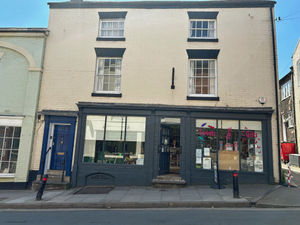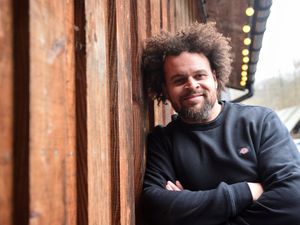Almost 40 per cent of Telford's pubs have closed down since 2001 - but things may be improving
Telford and Wrekin lost almost 40 per cent of its pubs between 2001 and 2019, though a small increase last year was welcomed as a sign the industry is beginning to bounce back.
There were about 165 pubs operating in the area in the year 2001 but only about 100 in 2019, new figures from the Office of National Statistics (ONS) show.
However, the borough actually saw a small uptick last year, with five more pubs in 2019 than 2018.
In the rest of Shropshire the number of pubs compared to people is well over the average, with 10.6 pubs per 10,000 people.
But the total number has still fallen by 20 per cent, from 425 in 2001 to 340 in 2019.
The last two years have been promising however, with a rise from about 330 in 2017 to 340 in 2018.
The increase in pubs in Telford and Wrekin was reflected across the UK, with a national rise of 315 last year.
Norrie Porter of the Shrewsbury and West Shropshire branch of the Campaign for Real Ale (CAMRA) said: "The branch welcomes the announcement by the ONS that national pub numbers have risen slightly following the steep falls over the last two decades.
Communities
"This is due in no small part to the hard work and innovation of new and existing licensees, who have improved the quality of beer, food and atmosphere on offer to customers, and have in many cases brought in other services to augment those traditionally on offer.
"Pubs in Shropshire and Telford and Wrekin, like many across the country, are the hubs of their communities, hosting community events, combatting loneliness and raising money for charities.
"However, pub numbers both nationally and in Salop are down significantly on historical levels, and many pubs still remain vulnerable to closure, mainly for one of three reasons.
"Firstly, the business rates system is significantly biased against pubs, so that pubs pay much more per square metre than supermarkets, which can then undercut them.
"Secondly, there are still large pub companies which tie their lessees or managers to punitive deals on the price of beer and other products.
"Thirdly, a proportion of premises owners, including some pub companies, consider pub buildings firstly as real estate to be disposed of to the highest bidder and only secondly to be supported as businesses. These are therefore happy to close and sell off otherwise viable pubs for housing which attracts a higher capital value.
"Government, local and national, needs to work to preserve the proud tradition of British pubs by ensuring they are taxed fairly, protected from unfair business practices and secured as community assets through the planning system."
Pubs now employing more people to serve food than behind the bar
Despite the drop in the number of pubs over the last two decades, establishments in Telford and Wrekin have continued to employ about 1,000 people throughout the period.
That figure did vary, with a rise to 1,250 in 2004 and a drop to 900 between 2010 and 2013.
The Office of National Statistics said that since 2016 the average pub actually employed more people to serve food than to work behind a bar.
Its report ‘Economies of ale’ said that there were now about 5.6 pubs per 10,000 people in Telford and Wrekin, compared to a national average of 5.8.
In the rest of Shropshire the number of people employed at pubs is still at about 3,000, the same as in 2001. The highest number over the period was 3,500 between 2014 and 2017.

One of the new pubs to open its doors in Shropshire last year was the historic Fox Inn in Much Wenlock, with Falcon Investments Ltd pouring £40,000 into a revamp that included installing a new bar, restaurant and kitchen, furnishings and toilets. The former 16th century coaching inn had been shut since the autumn of 2018 before its revival last spring.
The ONS said that the number of pubs and bars across the UK overall had increased by 315 in 2019, the first rise in more than 15 years.
CAMRA’s national chairman Nik Antona responded to the report, saying: “We cautiously welcome the trend these figures suggest, that small pubs and bars are beginning to ‘bounce back’. Unfortunately pubs continue to close across the country, particularly in small or rural communities.”





